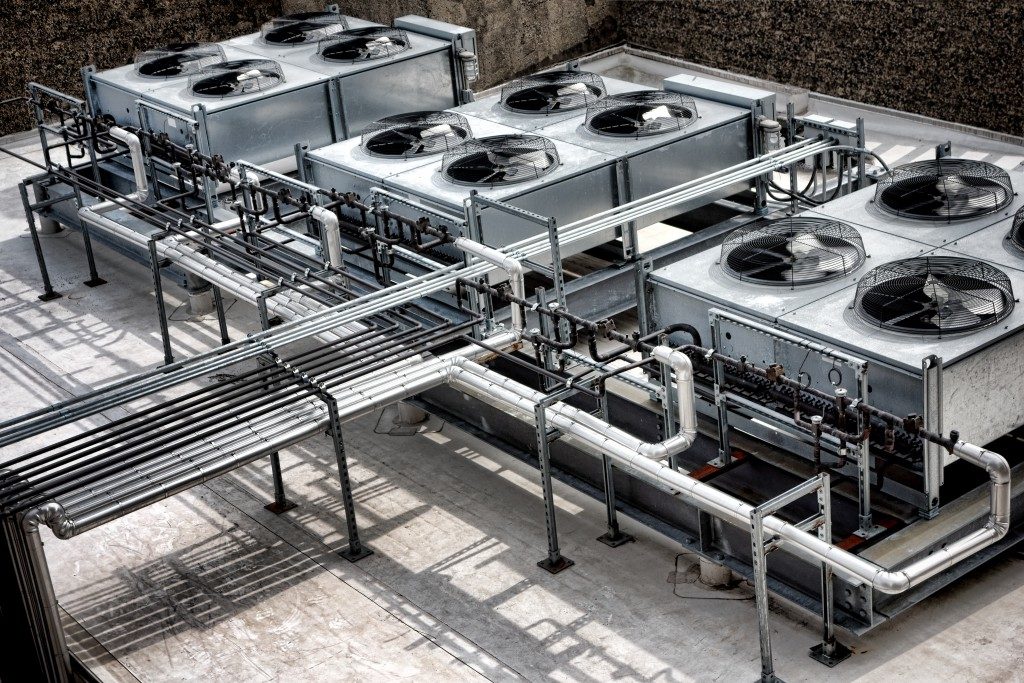HVAC systems need verification to ensure they are operating at optimal conditions. The HVAC testing and balancing procedure has become the preferred method of verification in the industry. It’s measurements and reports benefit designers, manufacturers, contractors, and end users.
HVAC Balancing
Pre-Design Building Surveys
HVAC-related defects are not always fixed with simple equipment replacement, as there may be poorly functioning underlying systems set to create future problems for the end-user. Efficient HVAC designers conduct testing and diagnostics before a project.
Balancing professionals offer solutions to provide greater equipment comfort, decrease required tonnage for equipment, and significantly reduce energy costs. Designers integrate these solutions into HVAC systems to reduce the risk of creating long term problems.
Diagnostics and Troubleshooting
Customers with long-standing HVAC issues that stem from unaddressed structural concerns often look to HVAC contractors for troubleshooting services to provide discomfort relief. They may also wish to lower utility bills driven with high costs of operating the various HVAC systems. Proper energy measurements require professional test and balance services.
System Commissioning and Recommissioning
HVAC commissioning is a testing and reporting process that occurs after installation. It is a report on how the system was installed based on the requirements of both designer and manufacturer. Balancing is an important step in the completion of this process.
Facility Management
Including balancing reports in an HVAC system manual enhances the knowledge of facility maintenance personnel. This means they are better able to solve the problems of occupants and do not provide temporary solutions.
Residential Services
Residential balancing of HVAC systems is fast becoming a required component for regulatory code compliance. Balancing services respond to the demand of homeowners to experience greater comfort and energy efficiency with HVAC equipment.
The design, manufacture, and testing of equipment ensure it is operating at its maximum potential capacity and efficiency. Balancing is a way to measure and adjust system performance when necessary, allowing equipment to continue operating at published engineering specifications after installation.
 How Balancing Works
How Balancing Works
Goal of Air Balancing
An air balancing professional’s goal is to measure the operating performance of equipment and make the adjustments necessary for optimization. This often includes conducting inspections, testing, and various other calculations. The balancer creates a report that compares actual equipment data to the manufacturer’s specifications and designer’s requirements.
System Performance Verification
The ultimate verification test for equipment is through performance measurement. A balancing report can determine if a system is working as it is intended to. This requires measurement from the field. Success can be determined if results indicate that requirements are met, and a system is performing to the specifications set by the manufacturer and designer.
Air balancing tests usually include measurements of fan airflow, delivered airflow, and a live duct leakage number. It also involves taking the total external static pressure and pressure drop of each major system component.
The method of measuring performance through tests and balances and under live operating conditions is holistic, efficient, and superior to verification tests conducted in separate parts. HVAC verification services like air balancing remains the foundation for system performance testing as it effectively improves the efficiency and longevity of an HVAC system.

